This post contains affiliate links.
Welcome to the guide on optimizing your backyard chicken coop for safety, comfort, and productivity! As a seasoned backyard chicken owner, I have gathered pearls of wisdom to ensure your feathery friends not only survive but thrive.
Whether you are a fledgling farmer or an experienced egg-collector, this article offers the best practices for creating a safe haven, a cozy roost, and a bustling hub of excellence for your poultry pals. Let us start on making your coop the envy of every chicken charmer in the neighborhood!
Optimizing Your Backyard Chicken Coop for Comfort and Safety
Keeping your backyard chicken coop not only comfortable but also impenetrable is the secret to happy hens and a peaceful mind. Ensuring your chickens are safe is paramount, and it starts with the structure of your coop. Utilize sturdy materials and secure latches to thwart any curious predators, to maintain the safety of your brood.
Consider the placement of the coop. It should offer protection from harsh weather while allowing for ample sunshine and airflow. Inside the coop, organize the space efficiently to promote cleanliness. Design cozy secluded nesting boxes because your chickens’ comfort directly impacts their productivity.
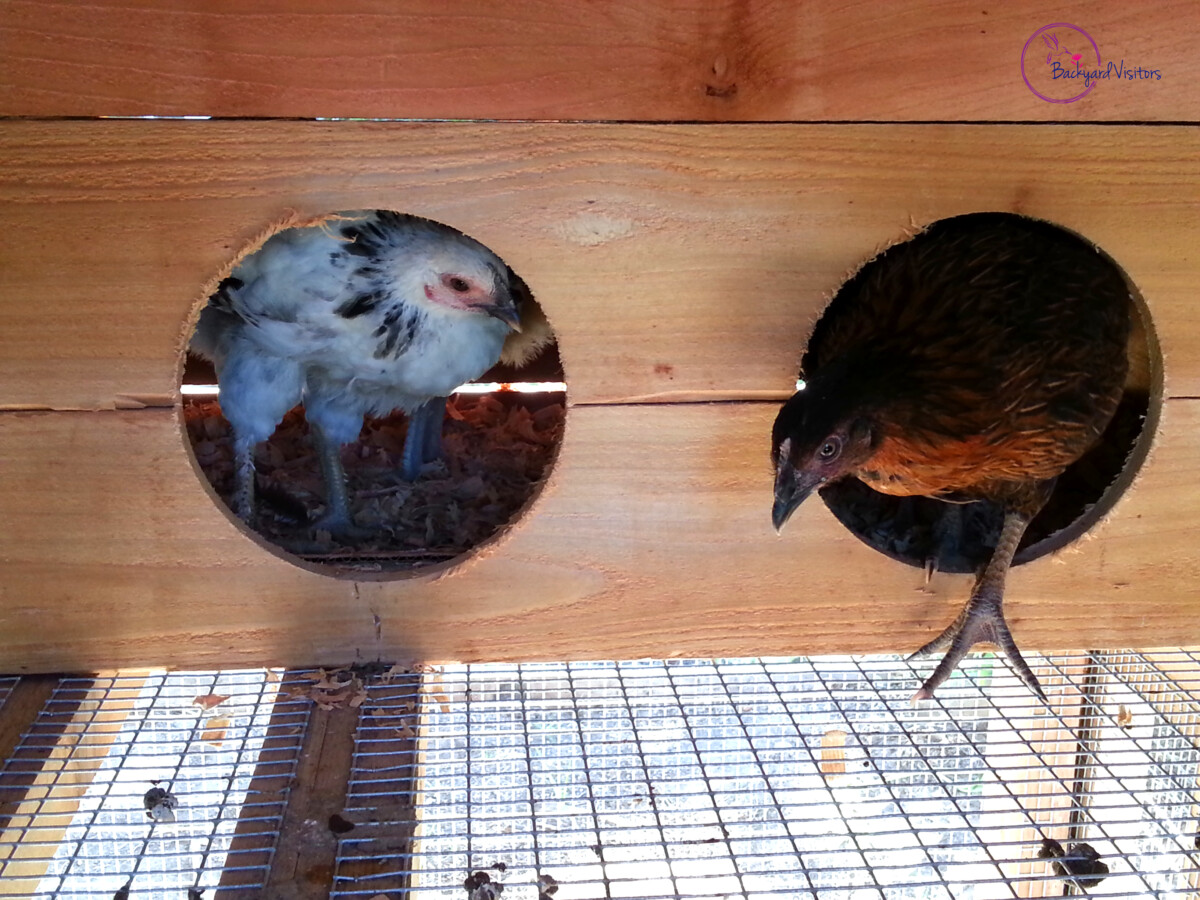
Furthermore, well-maintained roosts are crucial for nighttime contentment and the safety of your chickens. By installing roosts at appropriate heights, you will provide your feathered friends with a natural, restful environment. The coop’s foundation should not be neglected either. Rodent-proofing ensures that your chickens and their feed remain unharmed.
Do not forget the importance of a dedicated space for dust baths within your backyard coop, as these are key to your flock’s health and mite prevention.
Lastly, the coop’s maintenance is a daily task, with regular checks essential for spotting any signs of wear or potential security lapses.
Tending to these aspects of chicken coop optimization results in a haven for your backyard chickens, rendering the coop a fortress of well-being and a hub of productivity. Take pride in knowing that your coop is not just a chicken house; it is a carefully curated habitat where your chickens thrive.
A list of the top 11 ways to optimize a Backyard Chicken Coop for Comfort and Safety in order of importance
- Ensure proper ventilation: Install vents or windows to allow fresh air in and to regulate temperature and humidity.
- Secure the coop: Use sturdy materials and locks to protect chickens from predators such as foxes, raccoons, and birds of prey.
- Keep the coop clean: Regularly clean and disinfect the coop to prevent diseases and parasites.
- Provide adequate space: Ensure there is enough room for each chicken to move around comfortably to reduce stress and aggression.
- Maintain comfortable temperatures: Use insulation to protect chickens from extreme temperatures, and consider heaters for cold climates or shade and water misters for hot climates.
- Equip with proper roosting bars: Install elevated bars where chickens will comfortably sleep and perch to mimic their natural roosting behavior.
- Offer easy access to food and water: Keep feeders and waterers clean and accessible, and protect them from contamination and freezing.
- Design nesting boxes for privacy: Provide a quiet and dark area with one nesting box per three or four hens for egg laying.
- Include dust bathing areas: Allow space for chickens to dust bathe, which is essential for maintaining feather health and controlling parasites.
- Ensure the flooring is safe and comfortable: Use materials such as straw or pine shavings that are easy to replace and keep dry.
- Regularly inspect the coop: Check for signs of wear, damage, and potential hazards, and make repairs promptly to maintain the coop’s integrity and safety.
Ensuring Proper Ventilation in The Chicken Coop
When you are tending to your backyard chicken coop, never underestimate the power of fresh air. Proper ventilation in the chicken coop is a necessity for your chickens’ health and happiness. By improving the circulation of air, you are enhancing their comfort and laying the groundwork for a productive flock.
A well-ventilated coop also keeps the air inside from becoming too damp or musty, which prevents respiratory issues in your feathered friends. It is a balancing act to keep predators out while still allowing for adequate airflow, but with some careful planning, you will safeguard your chicken coop while keeping it comfortable.
Install vents or small windows high up in the coop, since warm, stale air rises and this will allow it to escape, drawing in cooler, fresher air from below. The coop’s design should feature a way to close these openings when the weather gets too harsh. Doing so, you ensure that your chickens’ safety and comfort are not compromised.
Mesh screens are fantastic for keeping out unwanted guests, like rodents or snakes, while maintaining airflow.
Ventilation is about the temperature and the quality of the air your chickens are breathing. Regularly check and clean these ventilation areas to prevent blockages and to ensure that the air remains clean and healthy.
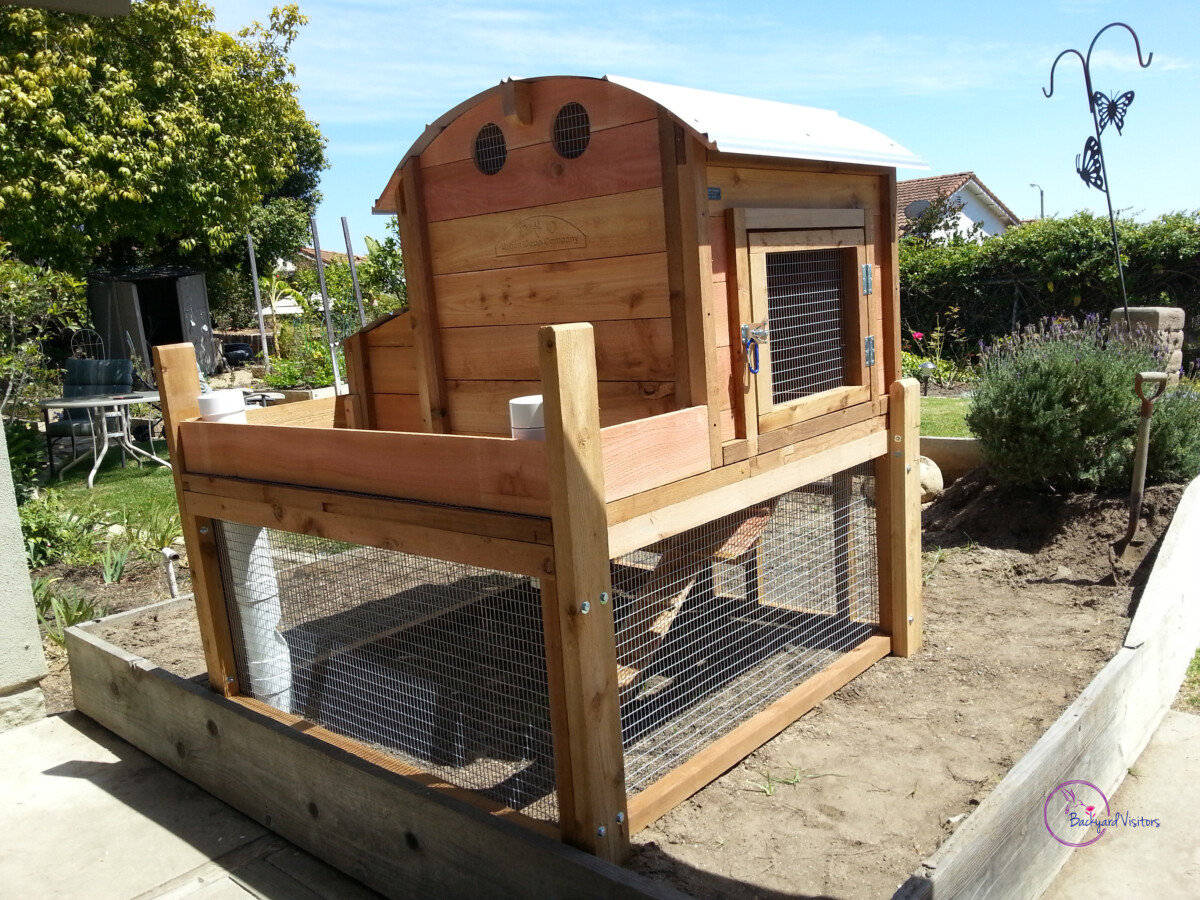
By improving the diffusion of fresh air, you are directly contributing to the well-being and productivity of your feathered charges, making sure your chicken coop is a sanctuary of comfort and safety for years to come.
Designing the Coop’s Layout for Maximum Comfort and Productivity
When it comes to creating your backyard chicken coop, thoughtful consideration must be given to the coop’s layout and structure. You are crafting a home that will cater to your chickens’ needs while also streamlining your daily chores.
The key to balancing comfort and productivity within a chicken coop lies in its design. Outlining areas for roosting, feeding, and nesting, while ensuring there is plenty of space for your chickens to roam, is significant.
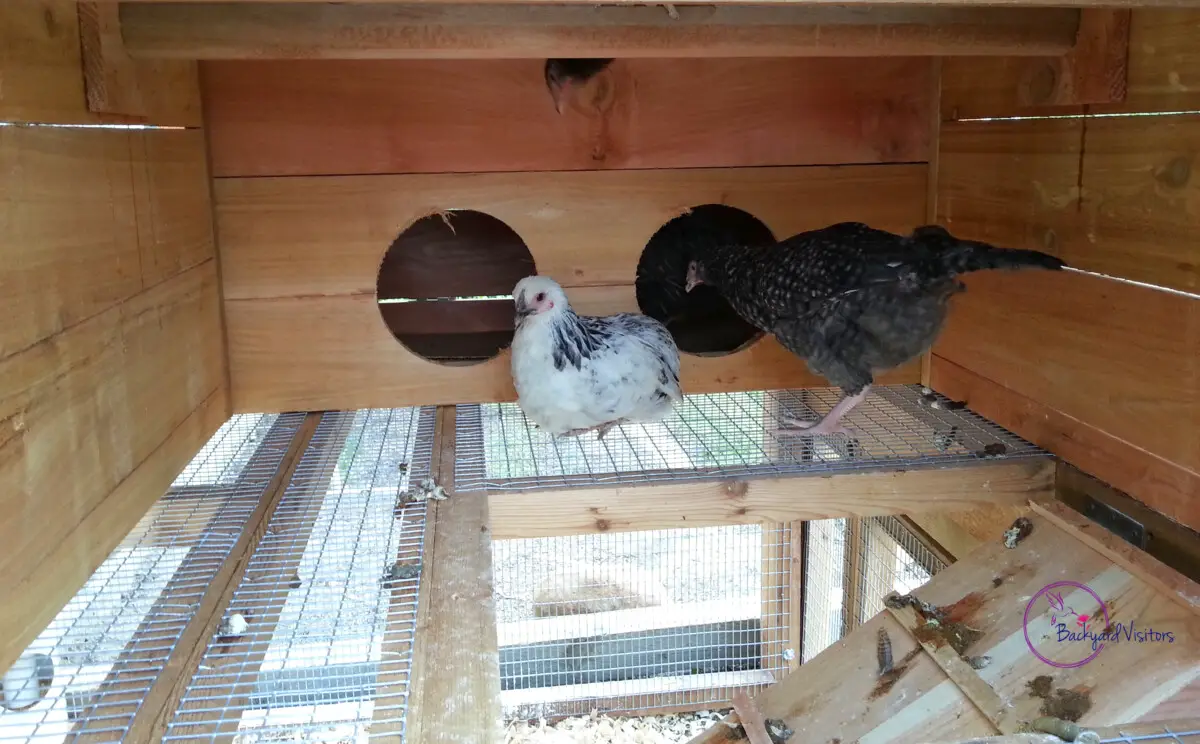
Chickens thrive when their environment is comfortable and in turn this increases more consistent egg-laying productivity.
Make sure the access points to your chicken coop are secure to keep predators at bay, yet simple for you to use when tending to the coop’s inhabitants. Strategize the placement of feeders and waterers to encourage natural pecking orders, and keep these essentials clean and easily accessible.
For a coop that feels truly like home, include perches at various heights to satisfy your chickens’ roosting instincts.
Do not let the coop become overcrowded; always provide ample space for the number of chickens you have.
A well-designed coop makes for happier, healthier chickens and also simplifies your life, making it easier and more enjoyable to care for your backyard flock.
Remember, the layout of your chicken coop is more than a reflection of your care. It embodies the harmony between your chickens’ welfare and your efficiency as a keeper. Step back and admire your creation—your chicken coop—knowing you have built a sanctuary that is both safe and conducive to your chickens’ productivity.
Outfitting Your Chicken Coop with Predator Security Measures
When it comes to safeguarding your backyard chicken coop, ensuring predator security is paramount. There is nothing more heart-wrenching than finding that local wildlife has breached the chicken coop, endangering your chickens.
Outfitting the coop with robust measures prevents such losses. Begin with sturdy materials for your chicken coop walls. Consider hardware cloth over chicken wire, as it is much tougher for predators to rip through. Secure the coop’s perimeter with a buried wire to prevent digging creatures from sneaking in for a munch. Always ensure doors are well-fitted and locked at dusk to keep your feathered friends safe.
Latches on chicken coop doors and nesting boxes should be raccoon-proof, as these clever critters can work simple closures. It is also vital to regularly inspect the coop for any weak spots or holes that crafty predators can exploit.

for their safety.
Safety in numbers also helps, therefore keep your flock together. Lone chickens are easier targets. Effective protection incorporates overhead netting or wire to oppose avian predators, and ensures that your chickens will roam without the fear of being swooped upon and attacked.
Remember, your coop’s security will not just keep your birds safe, it will ensure peace of mind for you, the diligent owner. Reflect on these suggestions and take action. The safety of your coop is in your hands.
Maintaining the Safety of Your Coop Through Regular Inspections
When you have dedicated time to set up a chicken coop, to ensure the safety of your coop necessitates constant vigilance. Regular inspections are key to maintaining a habitat that is both safe and conducive to your chickens’ well-being.
Walk through your chicken coop and scrutinize every corner and detail to help prevent unforeseen hazards. Whether it is checking for splintered wood that could harm your chickens or making sure the coop’s structural integrity can withstand adverse weather, your attention to detail makes all the difference.
A thorough scan for potential predator weak points secures the coop, keeping your feathered friends safe from harm.
Neglecting such routine checks lead to vulnerabilities in the coop’s defenses. That is why it is essential to have a schedule — whether it is daily or weekly — to examine the entirety of your coop, down to the smallest latch or wire mesh.
The safety of your coop provides happy and productive chickens. To keep your coop safe, look out for signs of wear and tear or exposure to the elements that could compromise the coop’s safety. It calls for a keen eye and diligence to ensure your chickens can roost without a hitch night after night.
Safety protocols such as these should be second nature for seasoned backyard chicken owners who value their coop’s ongoing sanctuary status. Remember, your coop is a structure and a home for your chickens. Adhering strictly to this preventative mantra will help maintain your coop as a safe haven, and ensure that your chickens continue to thrive and remain productive members of your backyard ecosystem.
The top 11 ways to maintain the Safety of a Coop in order of importance
- Secure the perimeter by installing predator-proof fencing, ensuring there are no gaps or weak points.
- Use strong, durable materials for coop construction to prevent predators from breaking in.
- Install locks on all coop doors and windows to prevent them from being opened by raccoons or other clever animals.
- Keep the coop clean to avoid attracting rodents or pests that can spread diseases to chickens.
- Maintain proper ventilation to ensure a healthy environment and reduce the risk of respiratory issues.
- Regularly check for structural damage and make repairs quickly to prevent potential hazards.
- Provide a secure and enclosed run for the chickens to enjoy the outdoors without exposure to predators.
- Implement a consistent coop check routine at nightfall to ensure all chickens are safely inside.
- Use motion-activated lights or noise deterrents to frighten away nocturnal predators.
- Practice biosecurity measures such as washing hands before and after handling chickens to prevent disease spread.
- Train chickens to return to the coop at a specific time, enhancing their safety through predictability.
Improving the Comfort Levels in a Coop for Your Backyard Chickens
As a seasoned backyard chicken owner, I know how essential comfort is for the well-being and productivity of my chickens. Ensuring that my backyard chicken coop is not just a shelter, but a haven for my flock, pays off in the health and happiness of my chickens.
When considering the enhancement of your chicken coop, think about the bedding—choosing materials that keep your coop both comfortable and clean.
The coop’s layout is crucial to allow plenty of space for each chicken to roost and move around freely, reducing stress and preventing pecking disputes.
In the realm of chicken coop upgrades, incorporate elements such as draft-free ventilation to increase the comfort levels and promote a productive environment. A comfortable chicken coop is a productive one!
Install perches at the right height, and do not forget your coop’s nest boxes—these should be cozy and inviting because a happy hen is more likely to lay her eggs regularly. Trust me, addressing these aspects of your chicken coop design will make all the difference.
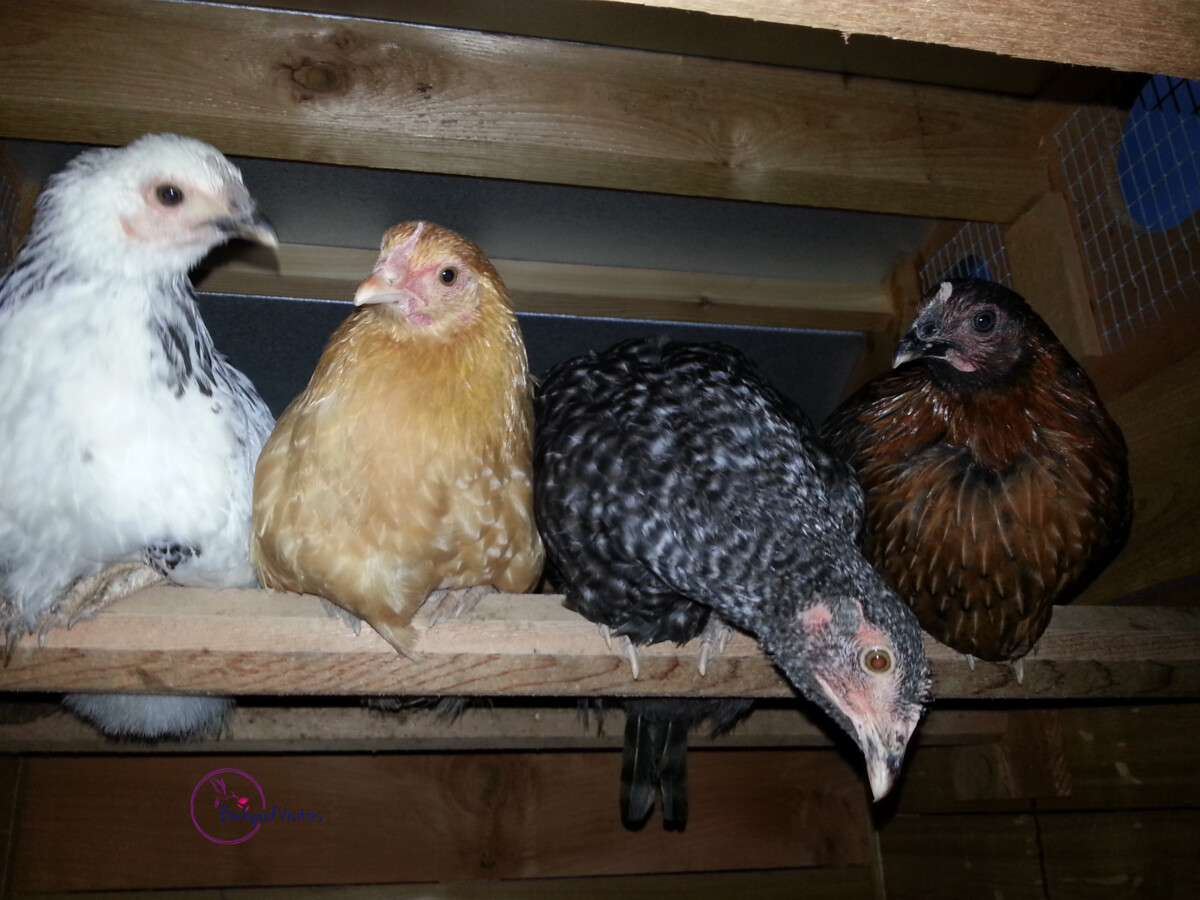
Cuckoo Maran (Duckey), and Ameraucana (Molasses)
Note: My dominant hen is Carmel the Buff Orpington in yellow. She is the last one to roost for the night.
Maintain the safety of your coop through regular inspections to keep predators at bay and also enable you to check if the comfort features remain intact. Handling repairs swiftly preserves the cozy retreat you have created within your backyard chicken coop.
Give attention to the coop’s external surroundings. A secure run attached to your coop encourages foraging and exercise, essential for your chickens’ well-being. By following these suggestions, you are on your way to optimizing your coop, providing a sanctuary for your chickens that supports their health and egg production.
Chickens thrive when they feel secure and comfortable, therefore always keep their needs at the forefront of any decisions regarding your coop.
Here are the top 11 ways to improve the Comfort Levels in a Coop for Backyard Chickens in order of importance
- Ensure proper ventilation to maintain fresh air flow without creating drafts.
- Keep the coop clean by regularly removing waste and changing bedding.
- Provide adequate space for each chicken to avoid overcrowding and stress.
- Install roosting bars at appropriate heights for nighttime comfort.
- Maintain a consistent supply of fresh, clean water to prevent dehydration.
- Offer a balanced diet with the necessary nutrients for their health.
- Protect chickens from predators by securing the coop with sturdy materials and locks.
- Insulate the coop to keep chickens warm in winter and cool in summer.
- Enable access to a protected outdoor run for exercise and sunlight exposure.
- Provide nesting boxes with soft material for egg laying and privacy.
- Introduce environmental enrichments such as perches, dust baths, and pecking toys.
Strategies for Optimizing the Space in Your Chicken Coop
To nurture a thriving flock, optimizing the space in your backyard chicken coop is a vital aspect of keeping your chickens safe and boosting their productivity.
The key to an effective setup lies in maximizing the use of the chicken coop dimensions. Inside the coop, it is crucial to arrange living quarters in a way that promotes comfort and easy access to nesting boxes and feeders. Optimizing their dwelling extends beyond the interior space. Consider the outdoor run area where chickens forage and exercise during the day.
To craft a chicken coop setup that is both efficient and secure, start by building or designating areas within your chicken coop that cater to the natural behaviors of your flock. Roosting bars should be positioned higher than the nesting boxes to prevent contamination and to provide a perch where your feathered friends can slumber peacefully.
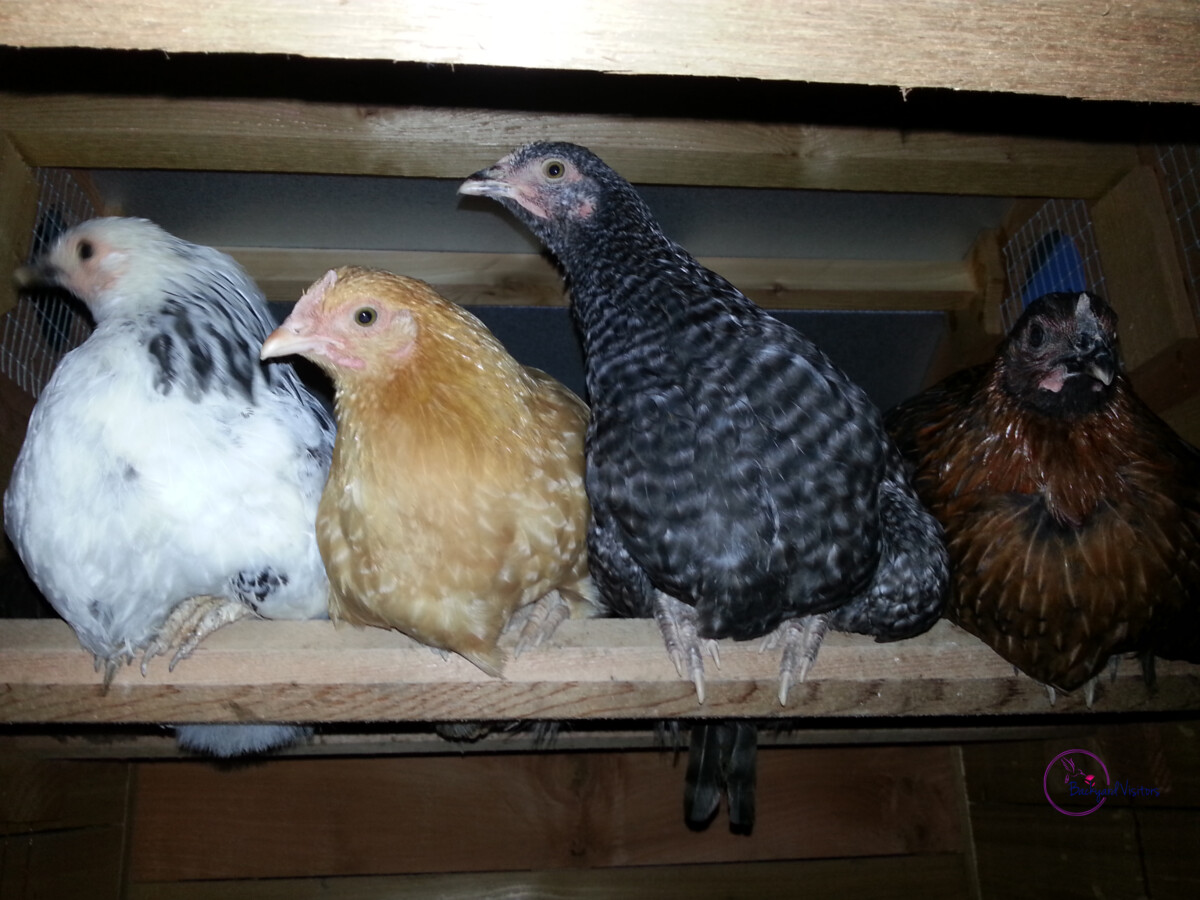
As you optimize their living space, remember that clean, dry bedding is essential for their health and comfort. Moreover, ensure the coop’s exterior is fortified to protect your chickens from predators, incorporating security measures such as hardware cloth and secure latching systems.
Regularly optimizing your coop to keep it clean and well-maintained is pivotal for longevity. By keeping a keen eye on maintenance, your coop will remain a sanctuary for your chickens, shielding them from both the elements and potential threats.
Finally, consider the seasonal adjustments you might need to make within the coop to bolster comfort and productivity year-round. Whether it is adding insulation during the colder months or increasing ventilation in the summer, your dedication to the coop will pay dividends in the form of happy, healthy chickens.
Enhancing the Coop with Climate Control for Chicken Comfort
As we delve deeper into tailor-made environments for our feathered friends, we can’t overlook the pivotal role of climate control in elevating comfort levels within your backyard chicken coop. Sure, I have talked about ventilation and layout, but climate control? It is like giving your chickens their very own thermostat.
Balancing temperature and humidity is about keeping your chickens comfortable and a vital aspect of their overall health and, subsequently, their productivity. Whether you are dealing with the searing summer heat or the chilly winter drafts, the climate control in your chicken coop ensures that your flock faces no discomfort.
Imagine the coop’s environment always set at that ‘just-right’ temperature –it is possible with the right setup. Your coop, equipped with some form of climate control, becomes a safe haven for your chickens.
Outfit your chicken coop with predator security, and maintain your coop’s safety through regular inspections so that your coop is also a place where your chickens thrive, not just survive. A comfortably heated or cooled chicken coop encourages your chickens to maintain their laying schedule, which means more eggs for your breakfast plate!
From designing the coop’s layout to optimizing space, each step you take contributes to a livable habitat for your chickens. Adding climate controls takes your coop to the next level. By ensuring the chicken coop has a consistent, comfortable climate, your chickens will lead happier, more productive lives – and your backyard chicken coop becomes a model of poultry perfection.
Protecting the Coop’s Safety Against Outdoor Predators and Pests
To safeguard the coop’s security, vigilance against outdoor predators and pests is paramount. Your chicken coop is a haven for your feathered friends, and ensuring that the chicken coop is impenetrable is key to their safety and your peace of mind.
A common misconception is that a chicken coop is a “set it and forget it” deal, but reality dictates that securing the coop requires consistent effort. Crafting a safe environment begins with the foundation of the coop. A sturdy base, often with buried hardware cloth, deters digging predators that see your chickens as an easy meal.
Secure locks and reinforced access points are essential elements to assure the coop’s fortification against predatory threats. It is equally important to keep in mind that your chickens are also under threat from above. A covered run prevents aerial predators from swooping down and causing harm to your chickens.
Integrate pest control to ensure that chickens are not bothered by smaller nuisances such as mites and rodents that carry diseases into the coop. Regular maintenance checks are crucial for coop durability therefore, consider that a compromised structure will invite predator infiltration.
It is important to understand that coop security is an ongoing concern and to execute thorough predator security measures encompasses not just maintenance of the coop’s integrity but also elevates the safety of your backyard brood and thus their overall well-being.
This attention to detail in the coop’s protection is what transforms ordinary backyard fowl care into exemplary stewardship, and ensures that your chickens live in an environment that supports both their comfort and productivity.
Creating a Cozy Atmosphere in a Chicken Coop for Optimal Egg Production
Ensuring productivity for your chickens starts with the ambiance of their home. It is essential to remember that a chicken coop is more than just a shelter; it is their haven where they lay and nurture their eggs.
To amplify egg production, infuse a cozy vibe into the chicken coop. Start with the basics: the coop needs to be predator-proofed, which is paramount for the safety and, ultimately, the comfort of your chickens.
They need a stress-free environment to produce efficiently. Making a chicken coop as inviting as possible includes providing ample nesting boxes lined with soft bedding, ensuring there is enough space to avoid overcrowding, and having a variety of perches for rest and roosting.
Managing the temperature within your chicken coop bolster comfort levels, particularly if you are dealing with extreme weather. Climate control could be as simple as proper ventilation, which keeps the coop airy during warmer months, to insulation or even a safe heat source when the mercury dips.
It is vital that the coop remains a refuge where your chickens feel secure, meaning that regular inspections are a must to ward off any potential hazards that might compromise the integrity of your coop. By optimizing not only the safety but also the coziness of your coop, you are creating an environment that encourages your chickens to be at their most productive.
Each aspect of the coop’s design, from its layout to climate control, works in harmony to ensure your chickens are as happy as can be, which, in turn, leads to a more fruitful egg production cycle.
Budget-Friendly Tips for Optimizing Your Coop’s Security and Comfort
As a devoted caretaker of the backyard chicken brigade, I have learned that keeping your chickens safe doesn’t have to break the bank.
Reinforce your chicken coop with secure latches and add predator-proof hardware cloth – an affordable step vital for security. Reflective deterrents are a budget-friendly way to scare off predators, to ensure the safety of your coop. Remember, a chicken coop that is not secure is a diner invitation for unwanted guests.
For comfort, deep litter bedding helps maintain warmth and reduces your coop’s maintenance needs. A key aspect of your backyard chicken coop’s safety is regular inspections. Check for weaknesses where predators might gain entry, and fix any hazards that could harm your chickens.
In the coop, proper ventilation is crucial and is achieved without costly installations—simple vent placements and routine cleaning go a long way for your chickens’ health and comfort.
When outfitting your chicken coop, consider upcycled materials for nest boxes and roosts, which save you money and add character to your chickens’ abode. Moreover, maximizing the space in your chicken coop enhances comfort and productivity.
Design the coop’s layout to allow free movement for your chickens while also providing cozy nesting spots to boost egg production. Utilizing vertical space with multiple roosting levels increases the coop’s capacity without a footprint expansion.
By implementing these strategies thoughtfully, you can create a haven of productivity and safety for your chickens in your backyard chicken coop without exhausting your funds.
Check out my other posts on Backyard Chickens
Frequently Asked Questions
Q: What materials should I use to make my chicken coop secure against predators?
A: To ensure your chicken coop is impenetrable, start with selecting sturdy materials. Opt for hardware cloth over chicken wire for the walls since it is much harder for predators to tear through. Reinforce the perimeter with buried wire to prevent digging animals from sneaking in. Always fit doors with secure, raccoon-proof locks.
Q: How often should I inspect my chicken coop, and what am I looking for?
A: Regular inspections, either daily or weekly, are essential for maintaining your chicken coop’s safety and integrity. Check for splintered wood, structural weaknesses, and potential entry points for predators. Be diligent in looking for signs of wear and tear or damage from the elements that could jeopardize your chickens’ security.
Q: Can you provide tips for optimizing the space and layout within my chicken coop for my chickens’ comfort and productivity?
A: Absolutely! Design your coop to mimic natural chicken behaviors: position roosting bars higher than nesting boxes to keep them clean, provide ample space for free movement, and ensure nest boxes are cozy and inviting with soft bedding. Manage space efficiently by designing a layout that allows easy access to food and water and includes a mixture of perches at different heights.
Q: How important is ventilation for my chicken coop’s environment, and how can I improve it?
A: Proper ventilation is crucial for maintaining a healthy environment in your chicken coop. It prevents respiratory issues by keeping the air fresh and reducing humidity. Install vents or small windows up high for warm air to escape, and use mesh screens to keep out pests while maintaining good airflow. Be sure to close these openings during extreme weather to maintain comfort and safety.
Q: How can climate control contribute to the comfort and productivity of my backyard chickens?
A: Climate control in your chicken coop ensures that your chickens are comfortable throughout the year, which is essential for their health and egg production. During summer, provide adequate ventilation. For colder months, consider insulation or a safe heat source. A consistent and comfortable climate helps your chickens maintain regular laying patterns.
Happy Backyard Chicken Raising!
Backyard Visitors is a participant in the Amazon Services LLC Associates Program, an affiliate advertising program designed to provide a means for sites to earn advertising fees by advertising and linking to Amazon.com. We also participate in other affiliate programs which compensate us for referring traffic.

